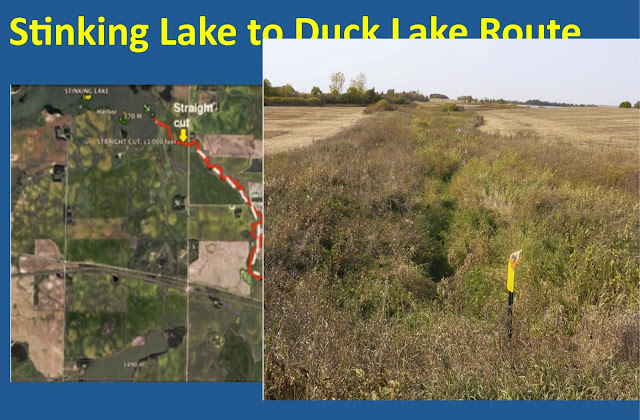 | ||||||||||||||||||
|
Wynland of West was a Norse Christian settlement on the Red River of the North from 1121 to 1362. "Wynland" is pronounced as "Vinland." "Wyn," meant "fine, smooth, cleared [of trees]." The land along the Red River of the North is fine, relatively smooth and cleared of trees. Fargo ND and Moorhead MN, which are both Norse names, were major villages in Wynland of West. Norse Christians, who called themselves "Lenape" came to Wynland of West by 1,000 AD.
Popular Posts
-
WHET STONES VIKING VISITORS to NORTH AMEICA . The most compelling evidence of Norse in America by 1000 is shown in the 1979 film Viki...
-
Educators have written that "the Vikings did not make a significant contribution" to North America. . The educators do NOT gi...
-
WHETSTONES Archaeologists, who do research on ancient sites, know that if they find a whetstone, they can be positive that Norse were in ...
Wednesday, November 19, 2014
OVERVIEW of VIKING WATERWAY
Subscribe to:
Post Comments (Atom)












No comments:
Post a Comment